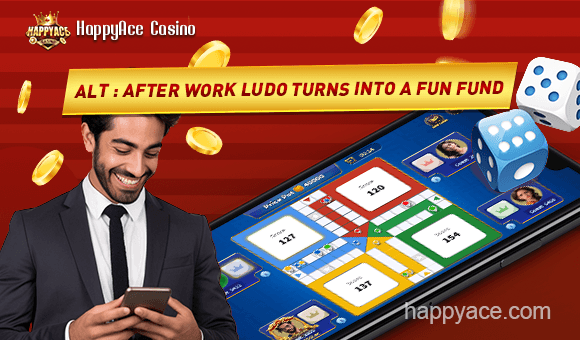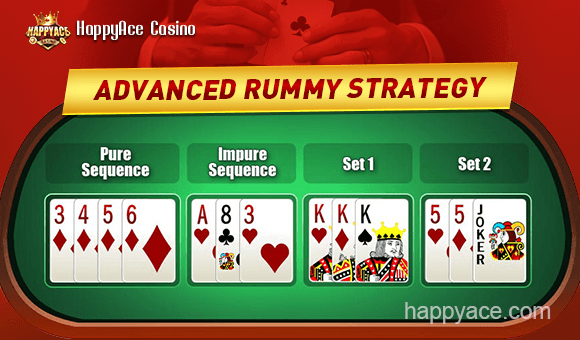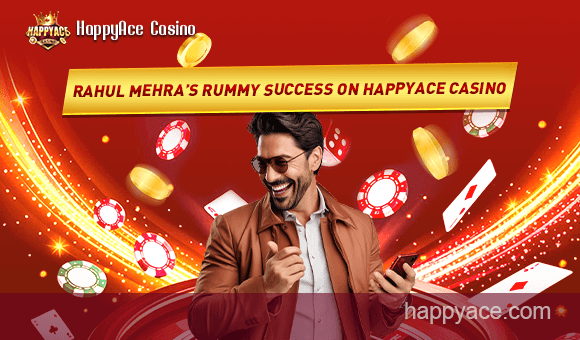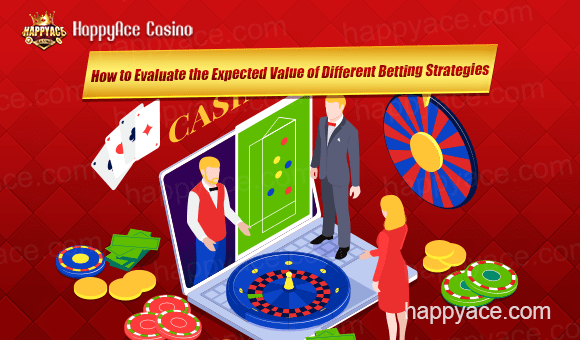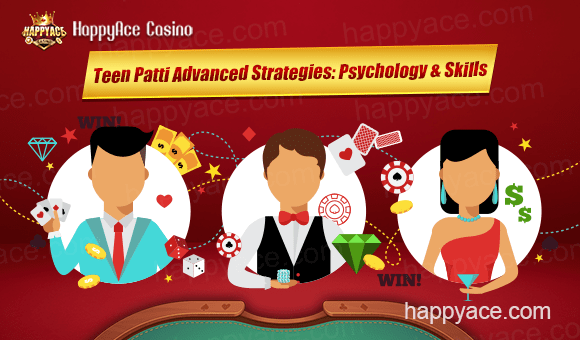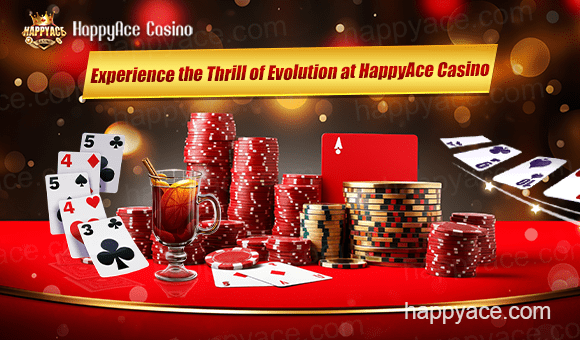It’s decision-making.
Professionals rely on clear models to determine when to stop, when to raise, and when to exit a losing situation. These models are built on probability, Expected Value (EV), emotional control, and long-term bankroll management.
This article reveals the thinking patterns behind professional players and explains how you can apply them to your own gameplay for better results and consistent long-term performance.
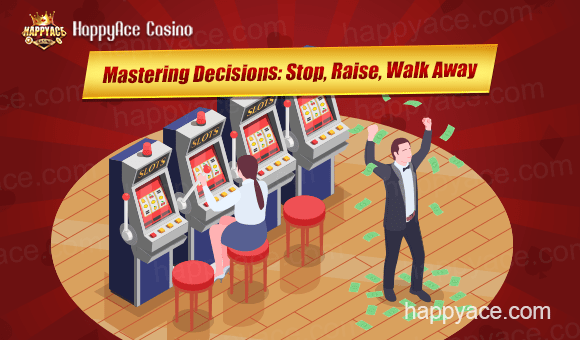
Pros vs. Casuals: It Begins With How You Think
A casual player:
- Makes decisions based on emotions
- Tries to recover losses as quickly as possible
- Keeps playing when winning because "luck is hot"
- Stops only when forced to
- Uses logic, probability, and EV
- Sets limits and follows them strictly
- Treats each game as one decision in thousands
- Understands that "not playing" is also a strategic choice
The Three Pillars of Professional Decision-Making
Professional players make every decision around three key questions:
When should I stop?
When should I raise?
When should I walk away?
Let’s break these down in detail.
A. When Should You STOP? — Protecting Wins & Avoiding Emotional Mistakes
Stopping at the right time is one of the most important skills of any professional. They don’t stop because they are scared—they stop because it protects long-term profits.
The Profit-Target Model: Stop When You Hit Your Goal
Every pro has a simple rule:
"Once I reach my target profit for the session, I stop."
This could be:
- + 20% bankroll
- + 30% for the day
- A fixed monetary amount
Because the longer you stay at the table, the more fatigue, emotion, and risk creep in. Even a strong session can collapse after one bad emotional decision.
Professionals lock in profits while they’re ahead.
That’s not fear—it’s discipline.
The Emotional Model: Stop When Your Mood Starts to Shift
Emotional swings are the #1 reason players lose money.
Pros immediately stop when:
- They are chasing losses
- They feel invincible after a big win
- They become impatient or distracted
- They notice frustration or tilt
Over 80% of significant losses happen during emotional tilt, not bad luck.
Stopping protects your decision quality.
The Risk Model: Stop When the Situation Turns Negative-EV
Professional players constantly evaluate EV (Expected Value).
When EV turns negative—for example:
- A strong opponent reads you easily
- Your cards or position are consistently poor
- Probabilities shift against your favor
- The game state becomes unpredictable
They simply stop.
B. When Should You RAISE? — Maximizing Your Positive EV Moments
Raising is not about aggression. It’s about maximizing moments when you have an advantage.
Professionals only raise under clear conditions.
Raise When EV Is Positive
The core question every pro asks:
"If I repeat this decision 1,000 times, will I profit?"
If yes → raise
If no → don’t even consider it
Examples of positive EV spots:
- Strong hands in Teen Patti (Pure Sequence, Trail, Pair)
- Near-complete sets/sequences in Rummy
- Ludo positions with high capture probability
Raise When Opponents Are Emotionally Unstable
Tilted opponents = easy profit.
Pros raise when:
- Opponents are frustrated from losing
- Opponents become overconfident from winning
- Players rush decisions or make emotional plays
- Mistakes become more frequent
Raising becomes a strategy of exploiting human behavior, not just math.
Raise When You Have More Information Than the Opponent
Information is power.
You raise when:
- You know key cards have been played
- You have positional advantage
- Your opponent’s pattern becomes predictable
- You control the tempo of the game
Pros capitalize aggressively in these situations.
C. When Should You WALK AWAY? — Protecting Your Bankroll and Mental Game
Walking away is a sign of strength, not weakness. It means you understand the long-term game.
Professionals know when continuing is simply not worth the risk.
Walk Away When the Situation Is Negative-EV
A negative-EV situation is one where the probability and reward do not justify the risk.
Examples:
- Weak starting hands in Teen Patti
- Broken, low-probability setups in Rummy
- Bad positioning or high exposure in Ludo
- Skilled opponents who consistently outplay you
Pros exit without hesitation.
Walk Away When You Hit Stop-Loss Limits
Professionals set strict stop-loss rules such as:
- -20% of bankroll per session
- Maximum X number of losing streaks
- A time-based limit
After major losses, decision quality drops dramatically.
Casual players try to "win it back."
Professionals preserve their bankroll and return fresh another day.
Walk Away When Your Focus Declines
The moment concentration drops, EV becomes negative.
Exit immediately when:
- You’re tired
- You’ve been playing too long
- You’re distracted
- You’re rushing decisions
- Your mind wants to "just finish quickly"
When it disappears, the smartest move is walking away.
The Five Core Principles Behind Every Professional Player
These five principles govern how pros think and act.
EV First, Emotions Last
Every decision is filtered through the same question:
"Is this profitable in the long run?"
If not, they won’t touch it.
Protect Bankroll Before Pursuing Profit
Professionals know:
"You can’t win if you’re not in the game."
Survival > aggression.
Risk management is everything.
Strict Bankroll Management
Pros never bet randomly. They follow rules like:
- Bet only 1–5% of the total bankroll
- Avoid all-in decisions
- Stay consistent with betting sizes
Emotional Stability Is More Important Than Strategy
The best cards cannot save a tilted player.
Pros prioritize:
- Calmness
- Patience
- Clarity
- Consistent mood
Constant Learning and Review
Professionals always improve by:
- Reviewing mistakes
- Studying patterns
- Tracking decisions and outcomes
- Refining their models based on data
Final Thoughts: Winning Comes From Smart Decisions, Not Luck
Knowing when to stop, when to raise, and when to walk away is what makes a long-term winner.
These models form the backbone of professional-level decision-making. They prevent emotional mistakes, protect bankrolls, and maximize strong opportunities.
If you want to think like a professional player in Ludo, Rummy, Teen Patti, or any competitive game, start practicing these principles:
- Protect your mind
- Protect your bankroll
- Follow EV
- Stay disciplined
- Leave emotions outside the game
They’re the ones who always put themselves in winning situations.




